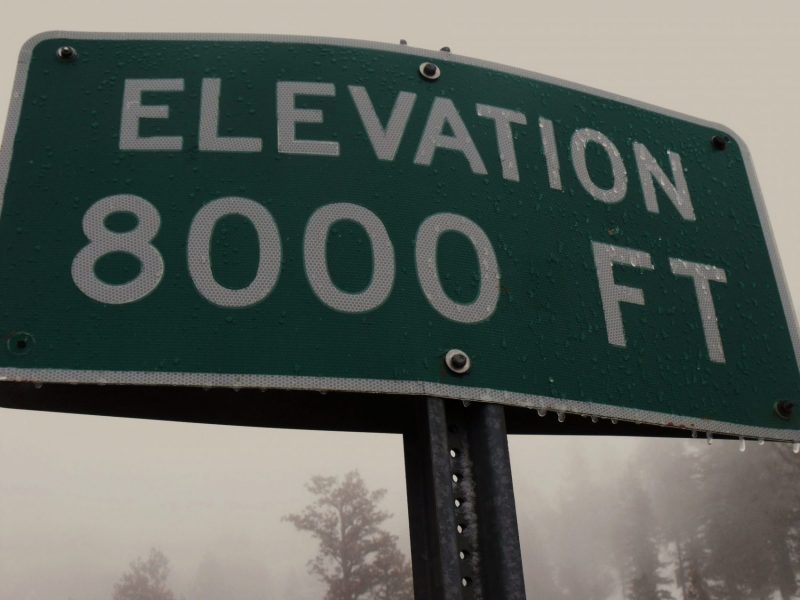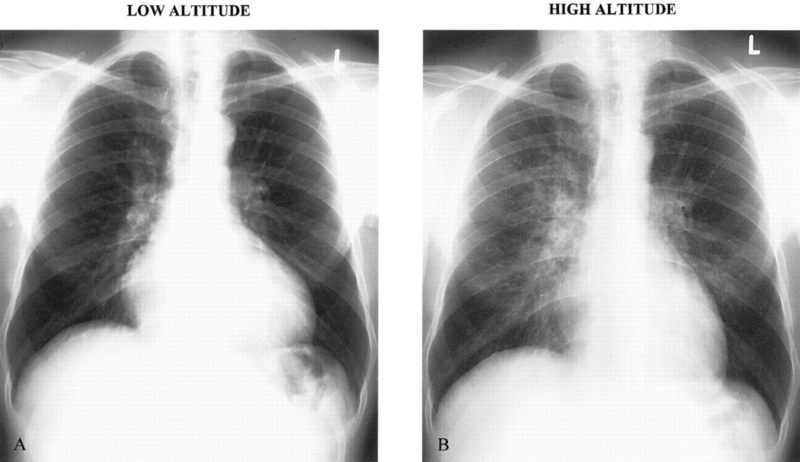
When it comes to planning your next 8,000 ft peak or higher, High Altitude Pulmonary Edema (HAPE) is a serious factor to consider. HAPE is a form of respiratory failure due to the accumulation of fluid in the lungs, most commonly occurring after ascending to high altitudes. The most common cases appear in patients who have recently traveled from low elevation and quickly ascend to high altitudes. However, the scary thing about HAPE is that it has no bias against who it affects. Healthy hikers and ambitious mountaineers have found themselves in critical condition after gaining altitude too quickly.

Common signs of HAPE include wheezing, blue skin color, rapid breathing, and accelerated heart rate. When symptoms begin to show, expect shortness of breath, cough, fatigue, and tightened chest, while severe cases include fluid-filled lungs. Because of the severity of HAPE, it is crucial to have escape routes planned in advance. Although HAPE has been known to infect healthy individuals, preventative steps as well as preparedness can curb the likelihood of contraction.
Descend to a lower altitude as quickly as possible when symptoms appear. Although getting to a lower elevation has proven the most effective way to combat HAPE, supplemental oxygen and rest have also proven helpful when immediate medical attention is not available. Since high altitudes are accompanied by lower levels of oxygen, bringing supplemental oxygen can prove beneficial for amateur hikers and mountaineering experts alike.
So next time you are planning on bagging a high peak, be aware of symptoms of HAPE and have escape routes planned in advance. Prepare yourself for the possibility in order to avoid the severe consequences of this life-threatening illness.
